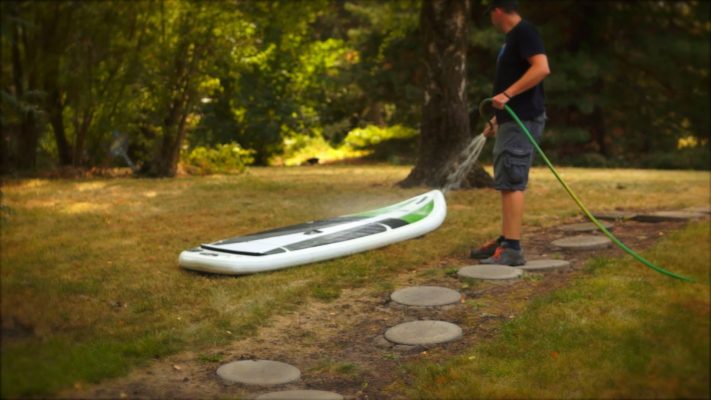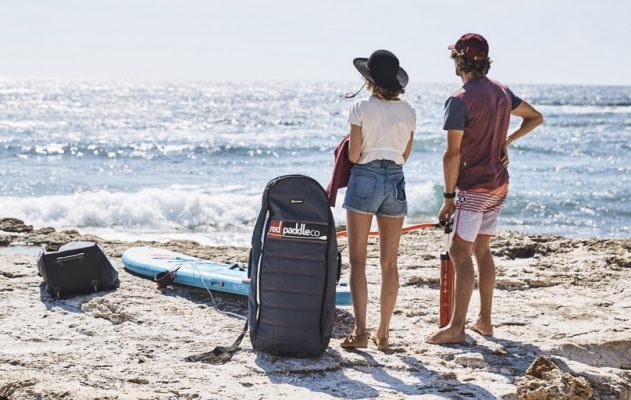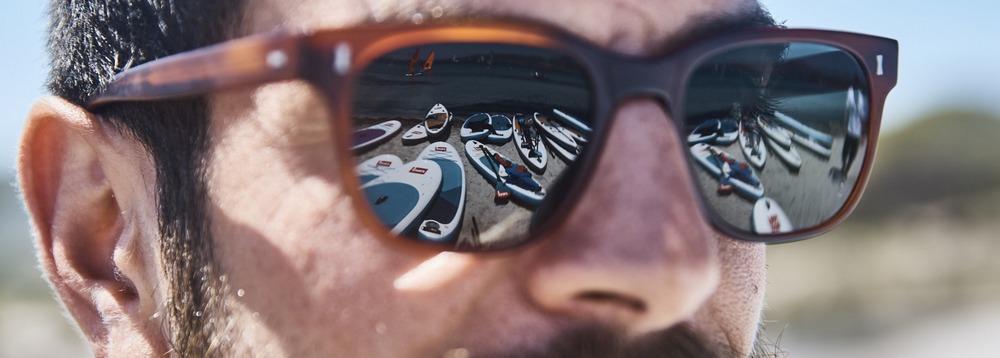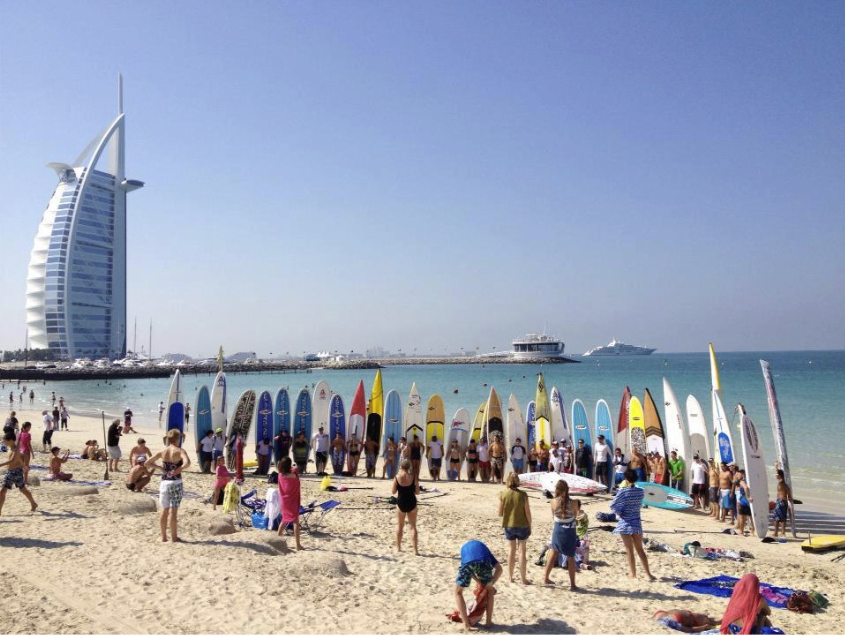10 Golden rules of how to look after your SUP board
Buying a new SUP board is very exciting and often quite and the expensive highlight of your life. After your first session of Paddle-boarding on the ocean or the river, you will carefully carry your board back home, wash and store as if it’s made of gold. As the time goes by though you may neglect your not so new anymore toy.
To make sure your board last a long time and serves you the best as possible we gathered together some tips about how to best care and how to store the SUP board.
1. Salty water -wash it off.

Both, the inflatable SUP boards, as well as, the rigid SUP boards, like to be washed after a session out in the sea or ocean. You may wonder why is it so important to wash off the seawater off the SUP, but believe us it will make a big difference in the longevity of your SUP and in fact all the water equipment you use in the sea. As the water particles evaporate from the surface of your board the salt crystals remain and will cause damage to the material your board is made of as well as cause all the metal parts to rust and erode. Always wash rinse your board and paddle with fresh water after your salty adventures.
2. Freshwater -dry it.
Whether you have been paddling on the river, on a lake or just have washed your board with the fresh water in your garden, it is very important to dry your board thoroughly. Freshwater doesn’t cause erosion as the salt in the sea water does, but it is a breeding ground for bacteria and fungi. To avoid mould growing and damaging your board always wipe and carefully dry your equipment.
3. Storage -cool and dry.
When it comes to storing your board make sure you choose a well-ventilated and dry place.
4. Sun -avoid it.

When choosing a place to keep your board make sure you avoid the storage where your board will be directly exposed to the sun. The UV rays will destroy not just the design of your SUP by bleaching the colors, but will also penetrate deeper in the structure and damage your board. Same as you protect your eyes from the UV you can protect your board by storing it indoors where possible, or buy a reflective board cover to protect it from the direct sunlight.
5. Heat -deflate slightly.
Although the boards both rigid and the inflatables are design to withstand a very harsh weather conditions, they should not be stored in a very hot place. Especially for the inflatable boards this could cause a disaster. Hot air expands and can cause the board to burst under the excessive pressure build up inside. On top of that the gluing material can in extreme circumstances melt or stretch. If you live in a hot place like Dubai make sure you find a cool place like shaded shed or garage to store your board. If you are storing an inflatable board for a long time deflate it slightly to release the excess pressure. You don’t have to pack it down completely, but simply keep it underinflated for the time it is not in use.
6. Sand – shake off.
We all love the sandy beaches but unfortunately the golden grains are not so friendly to the surface of your SUP board. It is better to smack your board couple times to let the sand fall off rather than brushing it off with your hand. When you try to brush off the sand with your hand you are damaging the surface of the board giving it ultimately a sandpaper rub. Wait for the board to dry and try to gently shake the sand off when trying to clean your board after a day on the beach.
7. Inflating the SUP – stick to the recommended psi.
Make sure you inflate the board up to the recommended pressure. Going over the recommended pressure will cause the material to over-stretch and may even result in the board exploding. If you under-pump your SUP then the structure of the board will be disturbed causing a different weight distribution and bending of the board. Always use the pump with the pressure gage and check the manufacturers’ recommendation on how much pressure is needed in the particular model you are using.
8. Paddling – improve to avoid dings.
Take some time to improve your paddling technique to avoid smacking the board with your paddle when paddling. This is especially useful if you are using the rigid board which when hit with the paddle can get damaged. Keep a slight distance between the board and the paddle when paddling to avoid chipping and denting the board.
9. Fins -take them off for transport and storage.
For the storage and transportation it is best to remove the fins of your SUP boards to avoid snapping it or bending. When on the beach push the fin in the sand or lye the board fins up so they don’t break or misshape.
10. Weight – carry only what the board can handle.
Use the manufacturers’ guide to learn what the maximum weight your board can carry is. This is a useful tip for the inflatable SUP boards that can bend and misshape when under too much pressure. Not just it will make your paddling experience more enjoyable but also will protect the board.




